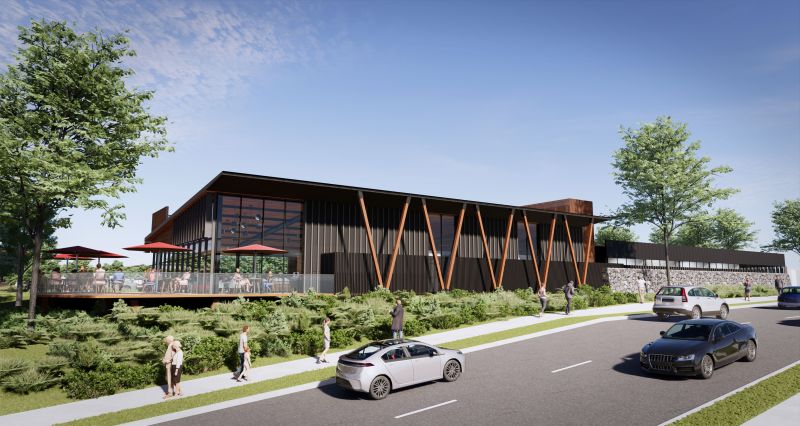The humble distribution center rose to prominence with country-wide retail chains and demands. Acting as a mediator between manufacturing units and retail stores, the distribution center was tasked with correctly sorting, packaging, and sending goods where they need to be.
Today, logistics have evolved on the global stage. E-commerce leads the charge, making distribution centers even more essential in their function. However, many facilities may find themselves grappling with outdated structures. This acts as a bottleneck to efficiency, limiting the potential of a business.
To deal with an outdated distribution center, it’s essential to find a solution in architecture. Here’s how:
Retrofitting Challenges and Solutions
An old distribution center was built to serve needs of a bygone era. It was built on now outdated design principles. Brining in new technology and staff simply leads to conflicts with outdated layouts, inefficient workflows, and obsolete base technology. Architects understand and address this concern through strategic retrofitting. This involves redesigning the internal layout to optimize workflow, implementing automation where needed, and integrating modern technology for real-time tracking. This also accounts for the human element in a distribution center, making access easy and safe.
Upgrading Responsibly
The logistics industry has evolved to be technology-first. However, a distribution center cannot just pick up the latest machine and place it into a system. It is important to carefully plan out an upgrade and see how it might affect every other component. Expertise on the part of the architect accounts for this need. Upgrading responsibly also negates risks of anything breaking down, thus making the distribution center consistent in its function.
Addressing Structural Limitations
Older facilities face an inherent bottleneck in structural challenges. Limited ceiling heights, inefficient loading bays, and inadequate space make bringing in modern logistics a challenge. The solution is to tackle this challenge head-on and find answers in creative design thinking. Architects have begun to maximize vertical space, redesigning spaces to allow for modern logistics, and ensuring that any change is future-proof.
A distribution center is a modern need of the economy. In this endeavour, distribution center architects are pivotal. To tackle upgrading a potentially sprawling facility, architects must channel innovation and cutting-edge processes. Such a strategic approach to retrofitting, upgrading, and optimization is what results in a modern, future-proofed distribution center! In this sense, bringing a distribution center to the modern age isn’t just a project, but an exercise in design thinking meant to inspire and energize those interacting with the facility!


